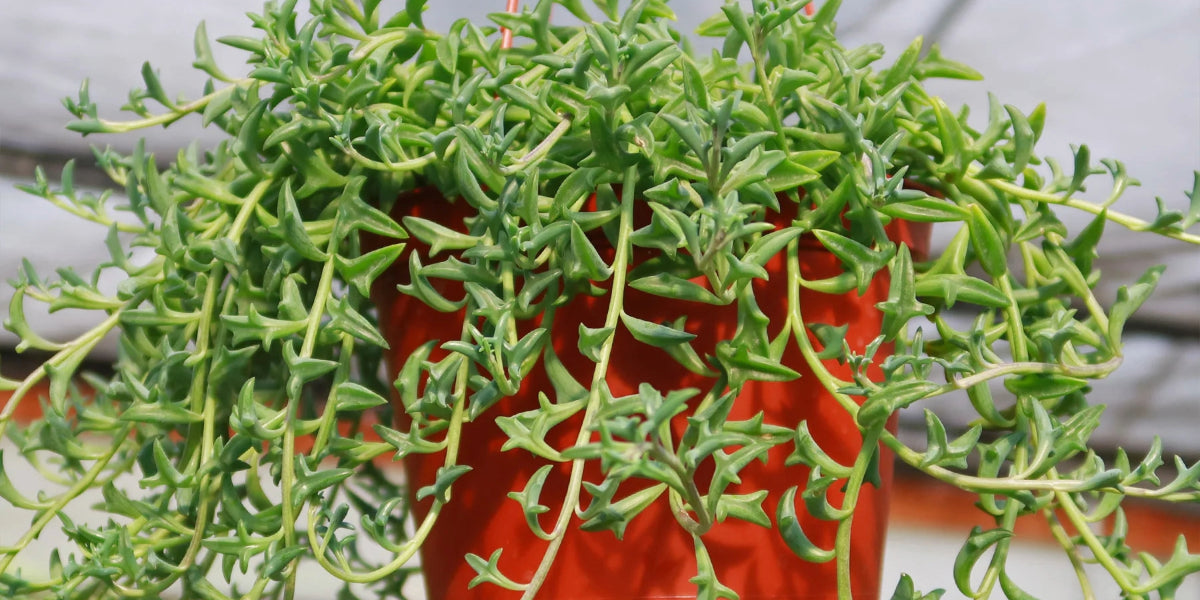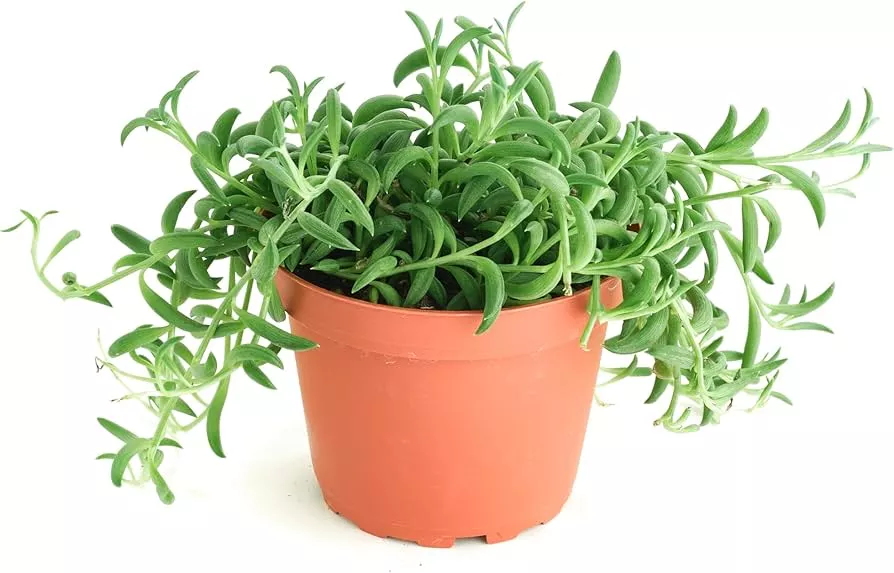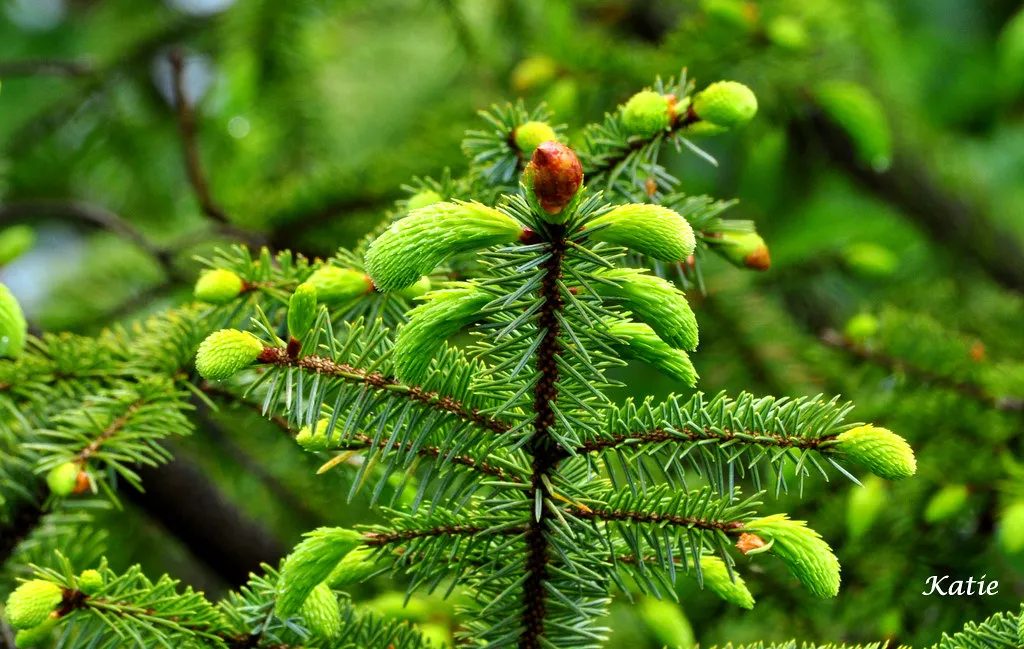To grow and care for Dolphin Succulents, provide bright, indirect sunlight and well-draining soil. Water sparingly, allowing the soil to dry out between waterings.
Dolphin Succulents, also known as Senecio peregrinus, are charming plants resembling jumping dolphins. They thrive in bright, indirect light, making them perfect for indoor settings. Use well-draining soil to prevent root rot. Water them sparingly, ensuring the soil dries completely before the next watering.
These succulents are low-maintenance and ideal for busy plant enthusiasts. Regularly check for pests and provide good airflow to keep them healthy. With proper care, Dolphin Succulents can be a delightful addition to any home, offering both aesthetic appeal and a touch of whimsy.
Introduction To Dolphin Succulents
Dolphin succulents are adorable, unique plants. They look like jumping dolphins. These charming succulents are also known as Senecio peregrinus. They are popular among plant lovers. Dolphin succulents are easy to grow and care for.
Unique Features
Dolphin succulents have special leaves. They resemble tiny dolphins. Each leaf looks like a leaping dolphin. The plant has a trailing growth habit. It can spill over the edges of pots. The leaves are green with a slight transparency. This gives them a water-filled look.
Here are some key features:
- Leaf shape: Dolphin-like
- Growth habit: Trailing
- Color: Green with transparency
- Size: Small and compact
Origins And Background
Dolphin succulents belong to the Asteraceae family. They are hybrids of two other succulents. These plants are native to South Africa. They thrive in warm, dry climates.
Here is a brief origin detail:
| Family | Origin | Climate |
|---|---|---|
| Asteraceae | South Africa | Warm, dry |
Dolphin succulents are relatively new to the gardening world. They have quickly gained popularity. Their unique appearance and easy care make them a favorite.
Ideal Growing Conditions
The unique charm of dolphin succulents, also known as Senecio peregrinus, can brighten any space. To help these adorable plants thrive, understanding their ideal growing conditions is essential. Proper care ensures their leaves resemble tiny dolphins leaping in joy.
Light Requirements
Dolphin succulents love bright, indirect light. Place them near a window with filtered sunlight. Too much direct sun can burn the delicate leaves. Insufficient light may cause them to lose their distinctive dolphin shape.
Temperature Preferences
Dolphin succulents thrive in warm temperatures. The ideal range is between 65°F and 80°F (18°C to 27°C). They are not frost-tolerant. In winter, keep them indoors if temperatures drop below 50°F (10°C).
| Condition | Optimal Range |
|---|---|
| Light | Bright, indirect light |
| Temperature | 65°F to 80°F (18°C to 27°C) |
Soil And Potting Needs
Dolphin succulents, also known as Senecio peregrinus, are charming plants that resemble jumping dolphins. To grow these delightful succulents, you must understand their soil and potting needs. This section will guide you through the right soil composition and the best pot types for your dolphin succulents.
Soil Composition
Dolphin succulents thrive in well-draining soil. This prevents root rot, a common issue for succulents. A mix of cactus soil and perlite works best. Here’s a simple table to guide you:
| Component | Ratio |
|---|---|
| Cactus soil | 70% |
| Perlite | 30% |
You can also use a mix of regular potting soil, sand, and perlite. This ensures the soil remains light and airy. Avoid using garden soil as it retains too much moisture.
Best Pot Types
Choosing the right pot is crucial for your dolphin succulents. The pot must have drainage holes to allow excess water to escape. Here are some top choices:
- Terracotta pots: These are porous and allow soil to dry out faster.
- Ceramic pots: Ensure they have drainage holes at the bottom.
- Plastic pots: Lightweight but ensure proper drainage and airflow.
Avoid using pots without drainage holes. This can lead to waterlogged soil and root rot. For a creative touch, you can use hanging pots to display your dolphin succulents. This also improves airflow around the plant.
By understanding these soil and potting needs, your dolphin succulents will thrive and bring joy to your home.
Watering Guidelines
Watering your dolphin succulents correctly is crucial for their growth. These adorable plants have specific needs that must be met. Understanding the proper watering techniques ensures your succulents thrive.
Watering Frequency
Dolphin succulents need less water than other plants. Overwatering can harm them. Follow this simple schedule:
- Water once every two weeks.
- During summer, water weekly.
- In winter, water monthly.
Always let the soil dry before the next watering. This prevents root rot and keeps your plant healthy.
Common Mistakes
| Mistake | Consequence |
|---|---|
| Overwatering | Leads to root rot and plant death. |
| Underwatering | Causes leaves to shrivel and fall. |
| Watering leaves | Increases risk of mold and fungi. |
Avoid these mistakes for a thriving dolphin succulent.
Remember to use a pot with drainage holes. This helps excess water escape, preventing root rot. Stick to the watering schedule and check soil moisture regularly.
Fertilization Tips
Dolphin succulents are a delightful addition to any plant collection. To keep them healthy and thriving, proper fertilization is key. This guide provides essential fertilization tips to ensure your dolphin succulents grow beautifully.
Types Of Fertilizers
Choosing the right fertilizer is crucial for your dolphin succulents. Here are some types:
| Fertilizer Type | Description |
|---|---|
| Liquid Fertilizers | Easy to apply and quickly absorbed by plants. |
| Granular Fertilizers | Slow-release options that provide nutrients over time. |
| Organic Fertilizers | Natural and eco-friendly, perfect for safe gardening. |
Application Schedule
Fertilizing your dolphin succulents on a regular schedule keeps them healthy. Follow these guidelines:
- Spring: Fertilize once a month. Use a balanced, diluted liquid fertilizer.
- Summer: Continue monthly fertilization. Ensure proper watering.
- Fall: Reduce to once every two months. Prepare for dormancy.
- Winter: Avoid fertilizing. Allow the plant to rest.
Remember, over-fertilization can harm your plants. Always use the recommended amount and dilute liquid fertilizers to half strength.

Credit: www.amazon.com
Propagation Techniques
Propagation Techniques for dolphin succulents are simple and fun. You can use leaf or stem cuttings to grow new plants. Learn these easy methods to expand your succulent family.
Leaf Cuttings
Leaf cuttings are a popular way to propagate dolphin succulents. Follow these steps for success:
- Choose a healthy leaf from the plant.
- Gently twist the leaf off the stem.
- Let the leaf dry for a few days.
- Place the leaf on well-draining soil.
- Water lightly until roots form.
Watch for new growth at the base of the leaf. This shows your propagation is working.
Stem Cuttings
Stem cuttings are another effective way to grow dolphin succulents. Follow these simple steps:
- Choose a healthy stem from the plant.
- Cut a section of the stem with a sharp knife.
- Let the stem dry for a few days.
- Plant the stem in well-draining soil.
- Water lightly until roots form.
Soon, your stem cutting will grow into a new dolphin succulent. Enjoy watching your new plant thrive.
Pest And Disease Management
Caring for Dolphin Succulents is a joy, but pests and diseases can affect their health. This guide will help you keep your plants thriving.
Common Pests
Dolphin Succulents are usually hardy. But they can attract pests. Here are some common ones to watch for:
- Mealybugs: These pests appear as white cottony spots. Remove them with a cotton swab dipped in alcohol.
- Aphids: Small green or black insects. Use insecticidal soap to treat them.
- Spider Mites: Tiny red or brown pests. Mist the plant with water and use neem oil.
- Fungus Gnats: Small flies around the soil. Let the soil dry out and use sticky traps.
Disease Prevention
Disease prevention is crucial for Dolphin Succulents. Follow these tips to keep your plants healthy:
- Proper Watering: Overwatering causes root rot. Allow the soil to dry between waterings.
- Good Air Circulation: Ensure your succulents have space to breathe. Avoid crowded arrangements.
- Clean Environment: Remove dead leaves and debris. This reduces the risk of diseases.
- Use Sterile Tools: Always use clean tools for pruning. This prevents the spread of pathogens.
Here’s a quick reference table for pest and disease management:
| Pest/Disease | Identification | Treatment |
|---|---|---|
| Mealybugs | White cottony spots | Cotton swab with alcohol |
| Aphids | Green or black insects | Insecticidal soap |
| Spider Mites | Tiny red or brown pests | Mist with water, neem oil |
| Fungus Gnats | Small flies around soil | Dry soil, sticky traps |
| Root Rot | Wilting, yellow leaves | Reduce watering, repot if needed |

Credit: planetdesert.com
Seasonal Care
Caring for your Dolphin Succulents requires attention to seasonal changes. These adorable plants need different care in winter and summer. Understanding these needs ensures your succulents thrive year-round.
Winter Care
During winter, Dolphin Succulents enter a dormant phase. They need less water and more protection from cold. Here’s how to care for them:
- Watering: Water sparingly. Only water when the soil is completely dry.
- Temperature: Keep plants in a space with temperatures above 50°F (10°C).
- Lighting: Ensure they get 4-6 hours of indirect sunlight.
- Humidity: Maintain low humidity levels to prevent rot.
Summer Care
In summer, Dolphin Succulents are in their growing season. They need more water and sunlight. Follow these tips to keep them healthy:
- Watering: Water regularly, but ensure the soil dries out between waterings.
- Temperature: Ideal temperatures range between 70°F and 85°F (21°C – 29°C).
- Lighting: Provide 6-8 hours of bright, indirect sunlight.
- Fertilizing: Use a balanced, diluted succulent fertilizer once a month.
| Season | Watering | Temperature | Lighting |
|---|---|---|---|
| Winter | Sparingly | Above 50°F (10°C) | 4-6 hours of indirect sunlight |
| Summer | Regularly | 70°F – 85°F (21°C – 29°C) | 6-8 hours of bright, indirect sunlight |
By following these seasonal care tips, your Dolphin Succulents will stay happy and healthy. Enjoy watching them thrive throughout the year!
Decorative Uses
Dolphin succulents are a joy to grow and care for. Their unique shape and playful appearance make them perfect for decorative uses. Whether indoors or outdoors, these charming plants can enhance any space.
Indoor Displays
Dolphin succulents thrive in bright light. Place them near a sunny window for the best growth. Their quirky dolphin-shaped leaves add a touch of whimsy to any room.
Consider using small pots or hanging planters to showcase these delightful plants. They look stunning on shelves, desks, or even bathroom counters. Grouping them with other succulents can create an eye-catching display.
| Location | Container Type | Light Requirement |
|---|---|---|
| Windowsill | Small pots | Bright, indirect light |
| Desk | Hanging planters | Bright, indirect light |
| Bathroom | Decorative bowls | Moderate light |
Outdoor Arrangements
Dolphin succulents can also flourish outside. They are perfect for patios and balconies. Ensure they receive adequate sunlight but avoid direct afternoon sun.
Use rock gardens or succulent beds to create stunning outdoor displays. Combining them with other drought-resistant plants can add variety and color. Dolphin succulents are also great for container gardens.
- Patios
- Balconies
- Rock gardens
- Succulent beds
Outdoor dolphin succulents need well-draining soil. Overwatering can harm them. Regularly check soil moisture to ensure optimal growth.

Credit: m.youtube.com
Frequently Asked Questions
What Are Dolphin Succulents?
Dolphin succulents are unique plants with leaves resembling jumping dolphins. They are also known as Senecio peregrinus.
How Do You Care For Dolphin Succulents?
To care for dolphin succulents, provide bright, indirect sunlight, well-draining soil, and water sparingly. Avoid overwatering.
How Often Should You Water Dolphin Succulents?
Water dolphin succulents every two weeks. Ensure the soil dries out completely between watering to prevent root rot.
What Type Of Soil Is Best For Dolphin Succulents?
Use well-draining soil for dolphin succulents. A cactus or succulent mix is ideal to prevent waterlogging.
Conclusion
Caring for dolphin succulents can be a rewarding experience. These charming plants bring joy and beauty to any space. With proper light, water, and soil, your dolphin succulents will thrive. Remember to keep an eye on their unique needs. Happy gardening and enjoy your delightful dolphin succulents!



